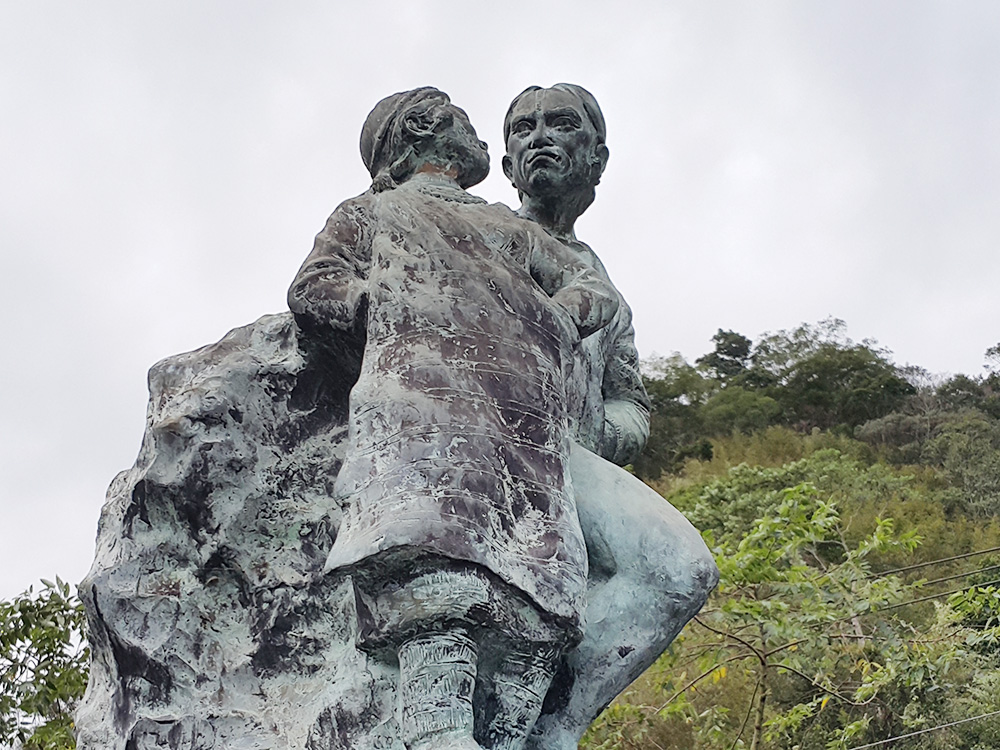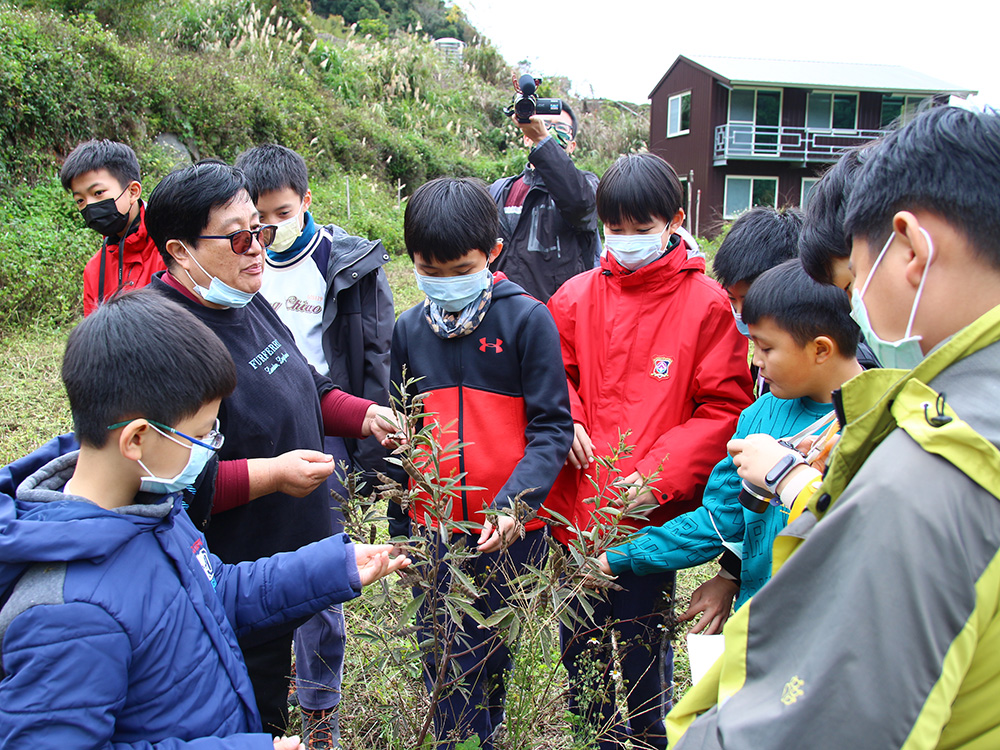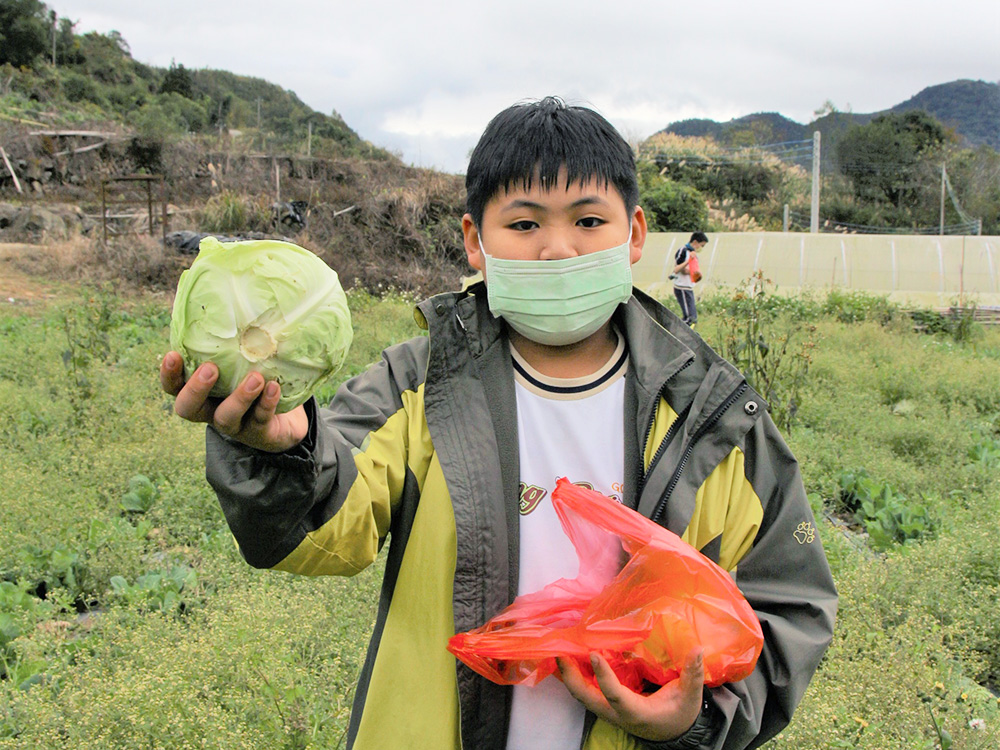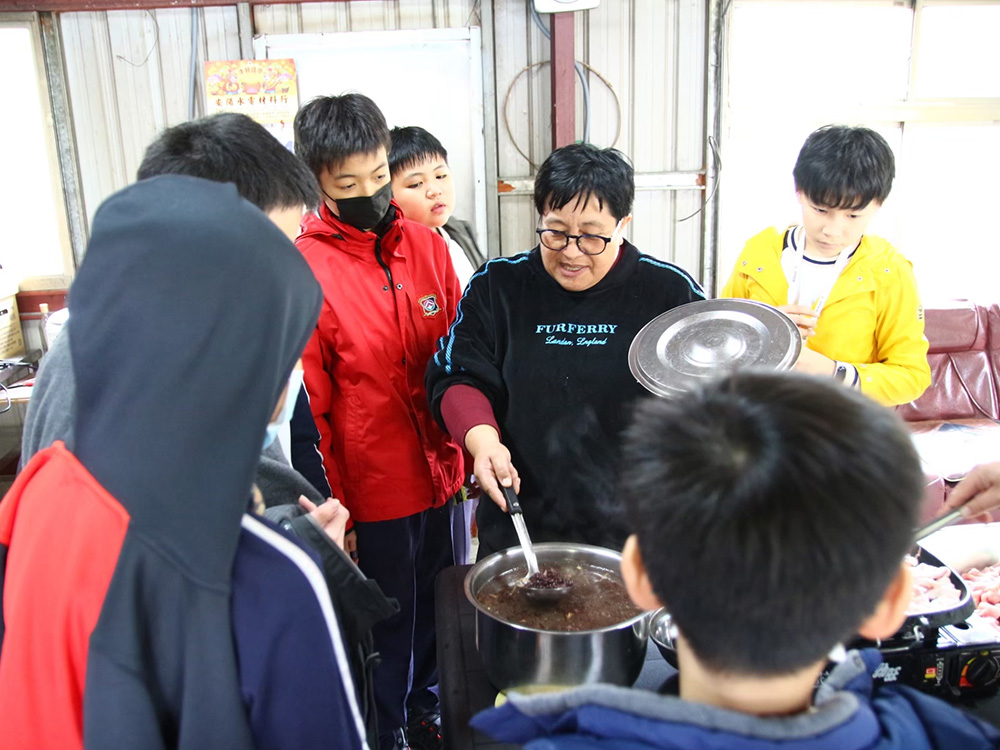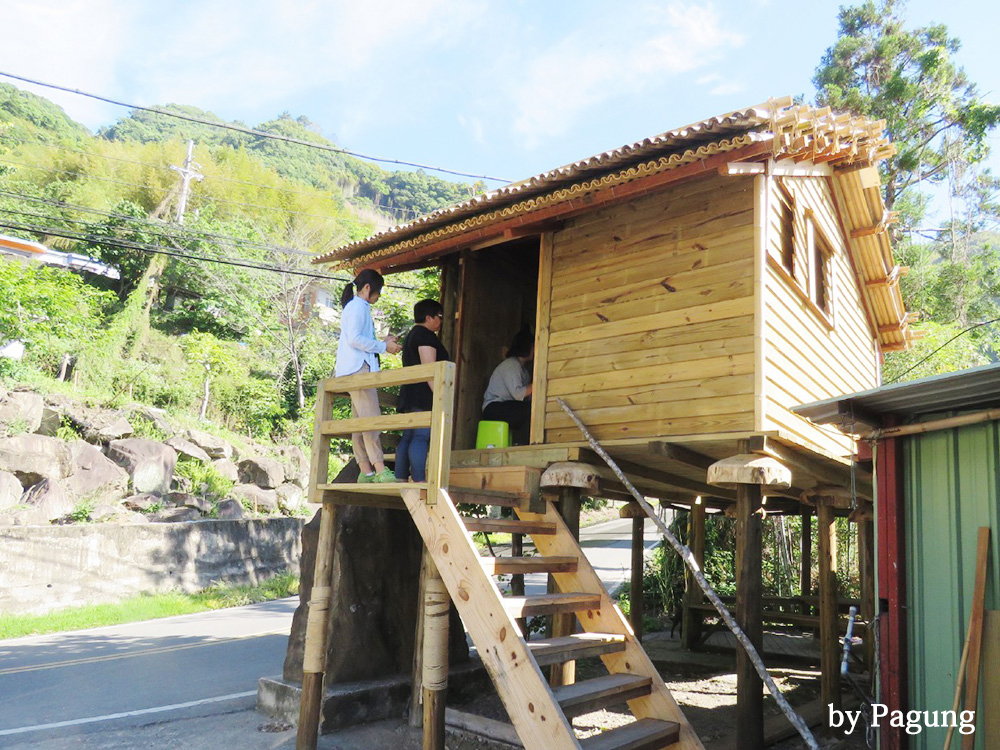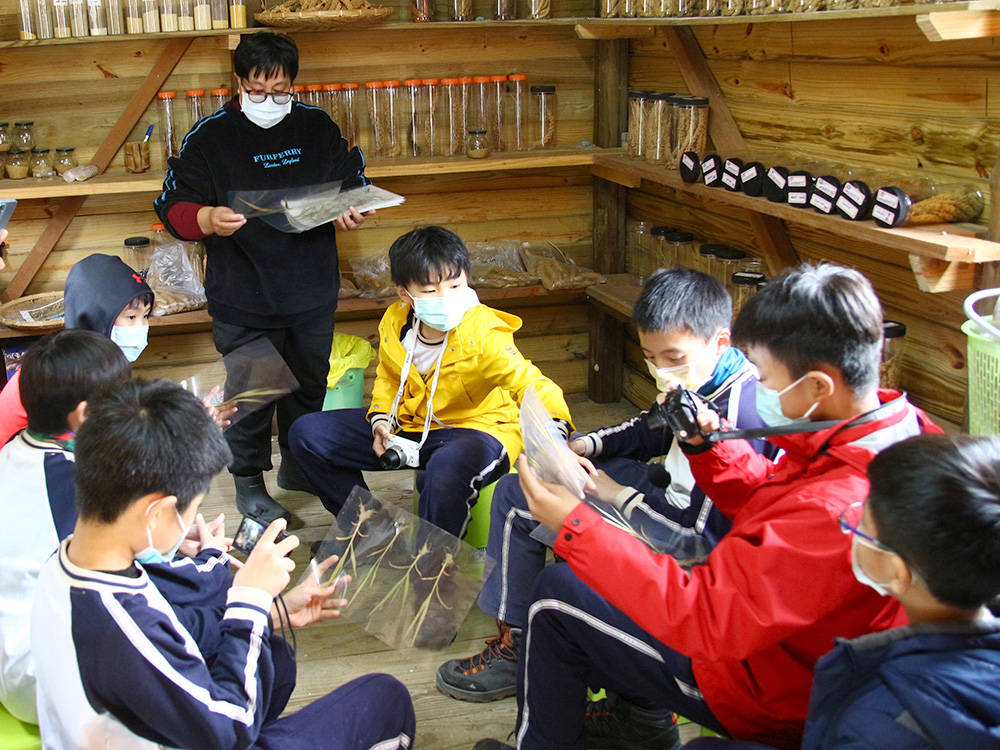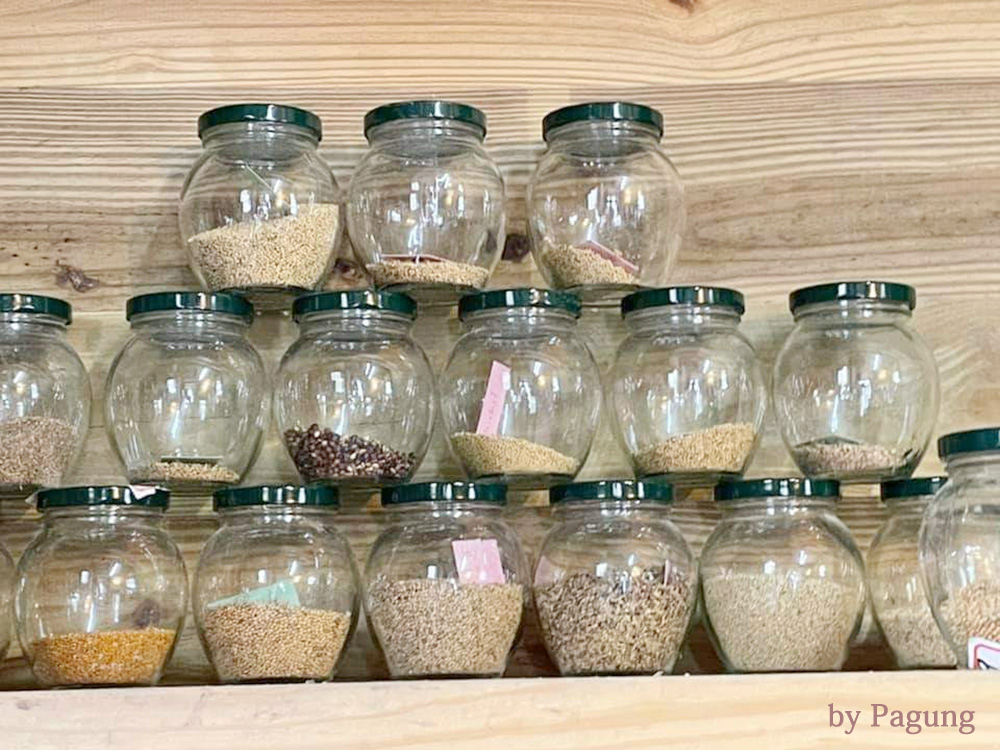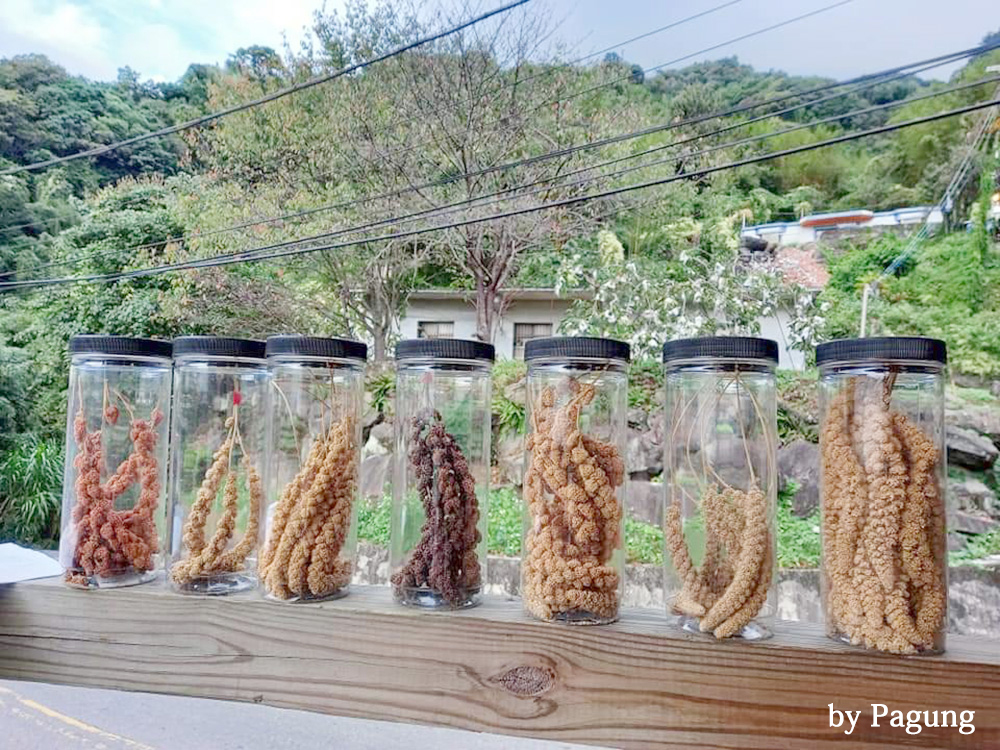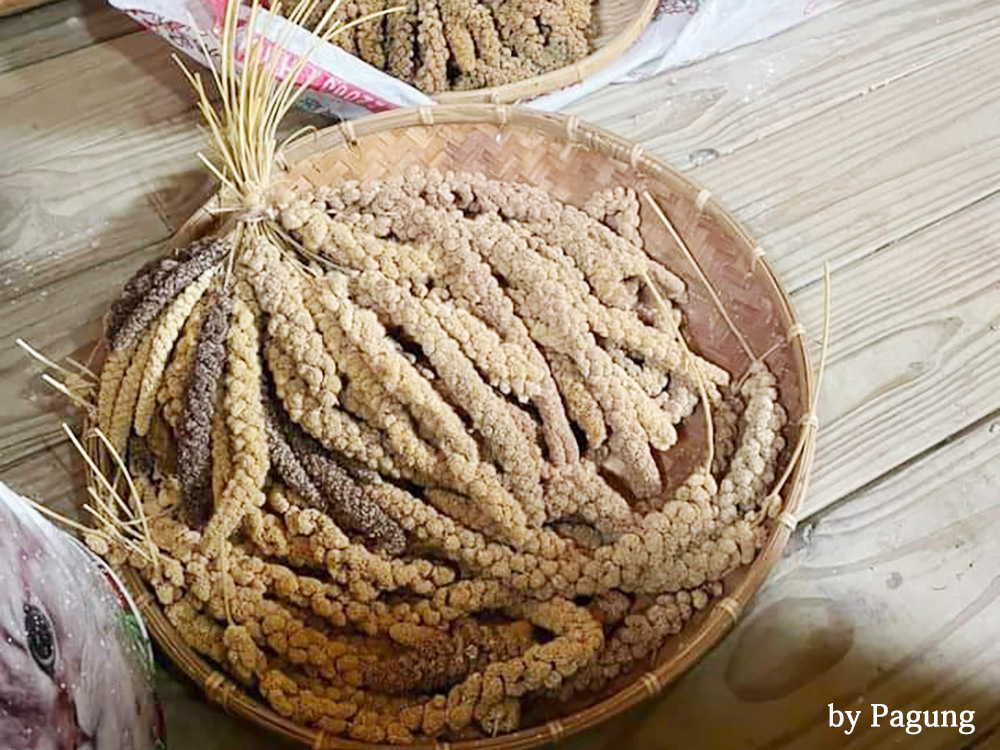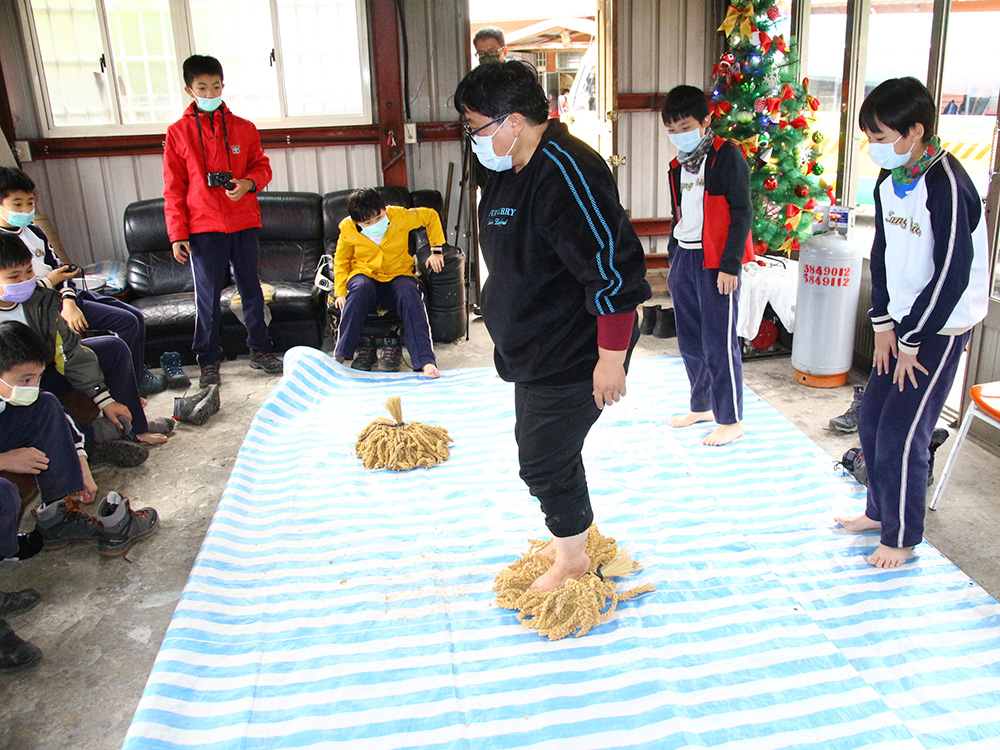Why there is a reconciliation ceremony
Before the Atayal people do many things, there is a SBALAY (reconciliation ceremony). Because in the past, the ancestors of the Atayal people may have had conflicts with people, and there may have been some disputes with the ancestors of the visitors. Reconciliation ceremonies will be used to apologize and put all the bad things that happened resolved. In addition, the reconciliation ceremony also has another meaning, which is to pray to the ancestral spirit that after the visitor enters the tribe, the visitor and everything will be safe and sound.
How to do a reconciliation ceremony?
Visitors and tribesmen form a circle first, and then the male tribesmen of the Atayal tribe sing ancient tunes. The ancient melody of the reconciliation ceremony of each tribe is the same, but the content of the lyrics is to describe the migration process of each tribe, so the lyrics will be different according to tribes. After the singing of the ancient tune, the singer will sprinkle the millet wine on the ground, and each visitor drinks millet wine, which symbolizes tribute to the ancestors.
Jinping Bridge
There are 144 sculptures on the railings on the bridge deck, and the content is related to the culture of the indigenous peoples. Then, one of the sculpture illustrates Atayal people’s story of hunting people’s heads. Prof. Lin noted that when disputes arose, each clan would send people to hunt for heads, and the most heads people get back, they would win, but the people of their own couldn’t be counted. As for the heads, they will worship them and thank him for his sacrifice in exchange for the peace of the tribe.
Another sculpture allows us to understand the traditional life of the Atayal people. At that time, because there was no refrigerator, they would build a fire in the house and put the food in the basket to keep the food warm.
Food in Tianpu
Tree Beans
This is a local native kind of beans in Tianpu. The locals will boil the tree beans into tree bean soup. This is a delicacy that cannot be tasted on the plains!
Land use
In the millet fields of the Tianpu tribe, other economic crops are planted every year when the fallow season arrives, so they have enough funds to develop the tribal culture.
Millet barn
The function of millet barn
After the millet is harvested, a thanksgiving ceremony still needs to be held before it can be brought into the home. The barn for storing millet also has an important meaning of ethnic continuity. The Atayal people build barns near their homes, and also set up next to the hillside where millet is grown. In order to directly dry it during harvesting, as a temporary storage place, the location of the barn is not particularly limited, but it is necessary to pay attention to whether it is sheltered from wind and moisture to ensure that the grain can be properly preserved. In order to prevent mice from climbing into the barn, the barn is designed with high feet, and an inverted arc-shaped wooden board is fixed on each foot column about 1 meter above the ground, which is used as a rat-proof board. The ladder is more flexible and needs to be set up again. The design reflects the wisdom of the tribe's ancestors.
Millet threshing
After the interview with Pagung, she let us experience the process of millet threshing. During the experience, we learned that millet threshing is not a simple matter. To separate the millet grains from the ears, the Atayal people use feet instead of hands. On the bamboo container, Atayal women use their flexible feet to separate the millet grains by stepping, pulling, rubbing and kneading. While women use both feet, they must also maintain a high sense of balance on the millet spikes, with a certain rhythm and strength.

